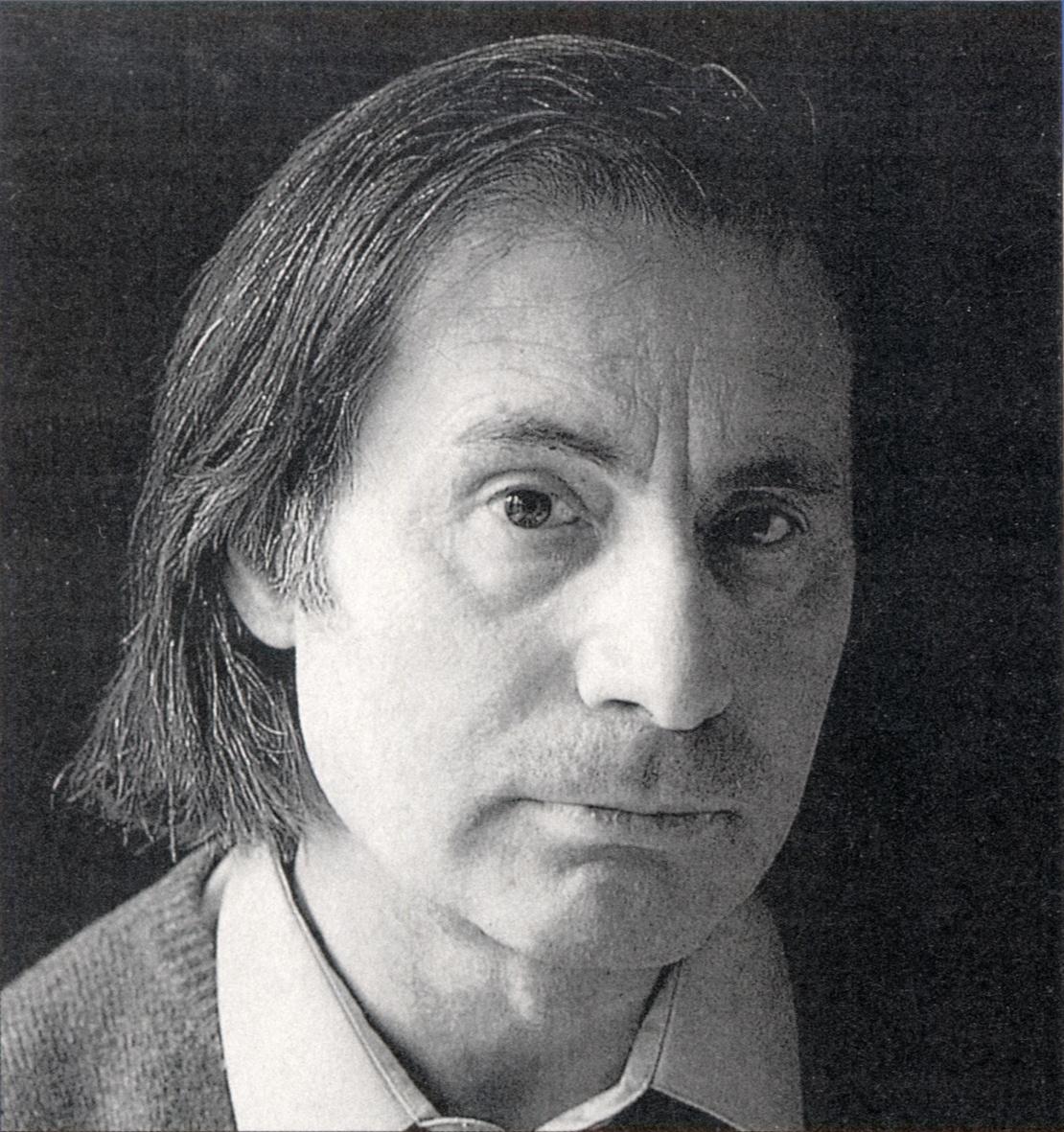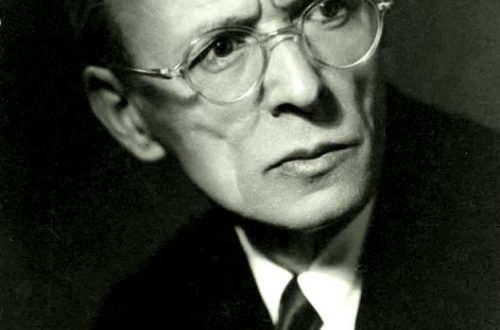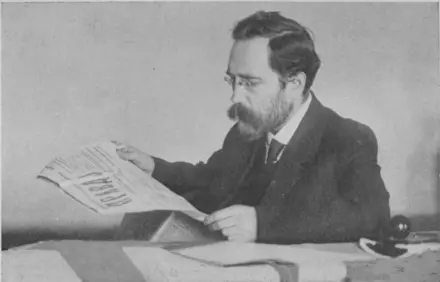
Alfred Garrievich Schnittke |
Alfred Schnittke
Art is a challenge to philosophy. World Congress of Philosophy 1985
A. Schnittke is one of the greatest Soviet composers of the so-called second generation. Schnittke’s work is characterized by keen attention to the problems of modernity, to the fate of mankind and human culture. It is characterized by large-scale ideas, contrasting dramaturgy, intense expression of musical sound. In his writings, the tragedy of the atomic bombing, the struggle against the relentless evil on the globe, the moral catastrophe of human betrayal, and the appeal to the good inherent in the human personality found resonance.
The main genres of Schnittke’s work are symphonic and chamber. The composer created 5 symphonies (1972, 1980, 1981, 1984, 1988); 4 concertos for violin and orchestra (1957, 1966, 1978, 1984); concertos for oboe and harp (1970), for piano (1979), viola (1965), cello (1986); orchestral pieces Pianissimo… (1968), Passacaglia (1980), Ritual (1984), (K)ein Sommernachtstraum (Not Shakespearean, 1985); 3 concerti grossi (1977, 1982, 1985); Serenade for 5 musicians (1968); the piano quintet (1976) and its orchestral version – “In memoriam” (1978); “Biography” for percussion (1982), Anthems for Ensemble (1974-79), String Trio (1985); 2 sonatas for violin and piano (1963, 1968), Sonata for cello and piano (1978), “Dedication to Paganini” for violin solo (1982).
Several of Schnittke’s works are intended for the stage; the ballets Labyrinths (1971), Sketches (1985), Peer Gynt (1987) and the stage composition The Yellow Sound (1974).
As the composer’s style evolved, vocal and choral compositions became increasingly important in his work: Three Poems by Marina Tsvetaeva (1965), Requiem (1975), Three Madrigals (1980), “Minnesang” (1981), “The Story of Dr. Johann Faust” ( 1983), Concerto for choir at st. G. Narekatsi (1985), “Poems of repentance” (1988, to the 1000th anniversary of the baptism of Russia).
Truly innovative is Schnittke’s extremely interesting work on film music: “Agony”, “Glass Harmonica”, “Pushkin’s Drawings”, “Ascent”, “Farewell”, “Little Tragedies”, “Dead Souls”, etc.
Among the regular performers of Schnittke’s music are the greatest Soviet musicians: G. Rozhdestvensky, O. Kagan, Yu. Bashmet, N. Gutman, L. Isakadze. V. Polyansky, quartets of the Mosconcert, them. L. Beethoven and others. The work of the Soviet master is widely recognized throughout the world.
Schnittke graduated from the Moscow Conservatory (1958) and post-graduate studies (ibid., 1961) in the class of compositions by E. Golubev. In 1961-72. worked as a teacher at the Moscow Conservatory, and then as a freelance artist.
The first work that opened the “mature Schnittke” and predetermined many features of further development was the Second Violin Concerto. The eternal themes of suffering, betrayal, overcoming death are embodied here in bright contrasting dramaturgy, where the line of “positive characters” was formed by a solo violin and a group of strings, the line of “negative” ones – a double bass split off from the string group, wind, percussion, piano.
One of the central works of Schnittke was the First Symphony, the dominant idea of which was the fate of art, as a reflection of the vicissitudes of man in the modern world.
For the first time in Soviet music, in one work, an immense panorama of music of all styles, genres and directions was shown: classical, avant-garde music, ancient chorales, everyday waltzes, polkas, marches, songs, guitar tunes, jazz, etc. The composer applied the methods of polystylistics here and collage, as well as the techniques of “instrumental theater” (the movement of musicians on stage). A clear dramaturgy gave a targeted direction to the development of extremely colorful material, distinguishing between genuine and entourage art, and as a result affirming a lofty positive ideal.
Schnittke used polystylistics as a vivid way to show the conflict between the classical harmony of the worldview and modern overstrain in many of his other works – the Second Violin Sonata, the Second and Third Symphonies, the Third and Fourth Violin Concertos, the Viola Concerto, “Dedication to Paganini”, etc.
Schnittke revealed new facets of his talent during the period of “retro”, “new simplicity”, which suddenly appeared in European music in the 70s. Feeling nostalgic for the expressive melody, he created the lyrical-tragic Requiem, Piano Quintet – works biographically associated with the death of his mother, then his father. And in the composition called “Minnesang” for 52 solo voices, a number of genuine songs of German minnesingers of the XII-XIII centuries. he combined into a modern “super-voiced” composition (he imagined groups singing on the balconies of old European cities). During the “retro” period, Schnittke also turned to Russian musical themes, using authentic ancient Russian chants in the Hymns for the Ensemble.
80s became for the composer a stage in the synthesis of lyrical and melodic principles, which flourished in “retro”, with the bulk of symphonic concepts of the previous period. In the Second Symphony, to the complex orchestral fabric, he added a contrasting plan in the form of genuine monophonic Gregorian chants – “under the dome” of the modern symphony, the ancient mass sounded. In the Third Symphony, written for the opening of the new concert hall Gewandhaus (Leipzig), the history of German (Austro-German) music from the Middle Ages to the present day is given in the form of stylistic hints, more than 30 themes are used – monograms of composers. This composition ends with a heartfelt lyrical finale.
The second string quartet was a synthesis of ancient Russian songwriting and the dramatic concept of the symphonic plan. All of his musical material is made up of quotations from N. Uspensky’s book “Samples of Old Russian Singing Art” – monophonic gossips, stichera, three-voiced hymns. In some moments, the original sound is preserved, but in the main it is strongly transformed – it is given a modern harmonic dissonance, a feverish excitation of movement.
At the culmination of this work, the drama is sharpened to the introduction of a very naturalistic lamentation, groaning. In the finale, by means of a string quartet, the illusion of the sound of an invisible choir performing an old chant is created. In terms of content and coloring, this quartet echoes the images of L. Shepitko’s films “Ascent” and “Farewell”.
One of Schnittke’s most impressive works was his cantata “The History of Dr. Johann Faust” based on a text from the “People’s Book” in 1587. The image of a warlock, traditional for European culture, who sold his soul to the devil for well-being in life, was revealed by the composer at the most dramatic moment of his history – the moment of punishment for what they have done, fair but horrific.
The composer gave a captivating power to music with the help of a stylistic reduction technique – the introduction of the tango genre (Mephistopheles’ aria, performed by pop contralto) into the culminating episode of the massacre.
In 1985, in an extremely short time, Schnittke wrote 2 of his major and most significant works – a choral Concerto on poems by an Armenian thinker and poet of the XNUMXth century. G. Narekatsi and viola concert. If the choral Concerto a cappella is full of radiant mountain light, then the viola Concerto became a sounding tragedy, which was balanced only by the beauty of music. Overstrain from work led to a catastrophic failure of the composer’s health. The return to life and creativity was imprinted in the Cello Concerto, which in its conception is mirror-symmetrical to the viola one: in the final section, the cello, amplified by electronics, powerfully asserts its “artistic will”.
Participating in the creation of films, Schnittke deepened the psychological capacity of the whole, creating an additional emotional and semantic plane with music. Film music was also actively used by him in concert works: in the First Symphony and the Suite in the old style for violin and piano, music from the film World “Today” (“And yet I believe”) sounded, in the First concerto grosso – tango from “Agony” and themes from “Butterfly”, in “Three Scenes” for voice and percussion – music from “Little Tragedies”, etc.
Schnittke is a born creator of large musical canvases, concepts in music. The dilemmas of the world and culture, good and evil, faith and skepticism, life and death, which fill his work, make the works of the Soviet master an emotionally expressed philosophy.
V. Kholopova





